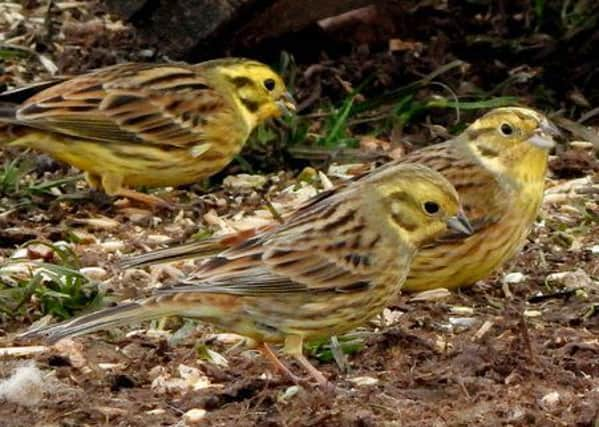Farmers flock to stem decline of feathered friends


At a meeting at Balgonie in Fife, grain growers this week saw work being carried out by the Game & Wildlife Conservation Trust (GWCT) aimed at improving habitats – while saving money.
Speaking on the eve of the trust’s annual Scottish game fair at Scone, Dr Dave Parish, senior scientist with the GWCT in Scotland, yesterday said that the benefits of planting conservation areas which provided food alongside areas which were attractive to nesting birds had long been recognised.
Advertisement
Hide AdAdvertisement
Hide AdHowever, under the current greening schemes, farmers were only allowed to sow annual crops for cover – a limitation which was discouraging farmers as it meant incurring sowing costs each year.
“However, with a mix based on chicory we hope that we can convince both farmers and the Scottish Government that this longer lasting mix, which could stay down for between three and five years, could do the same job for about half the price,” he said.
He said that fewer cultivations would also reduce fuel usage – and leaving the same areas down would provide some consistency for birds in the area.
“It would be a win/win situation for farmers and wildlife if we could convince the authorities to allow such an approach,” said Parish.
He said it would help species such as grey partridge which had declined by over 90 per cent since the 1970s, and yellowhammers back around 50 per cent over the same period.